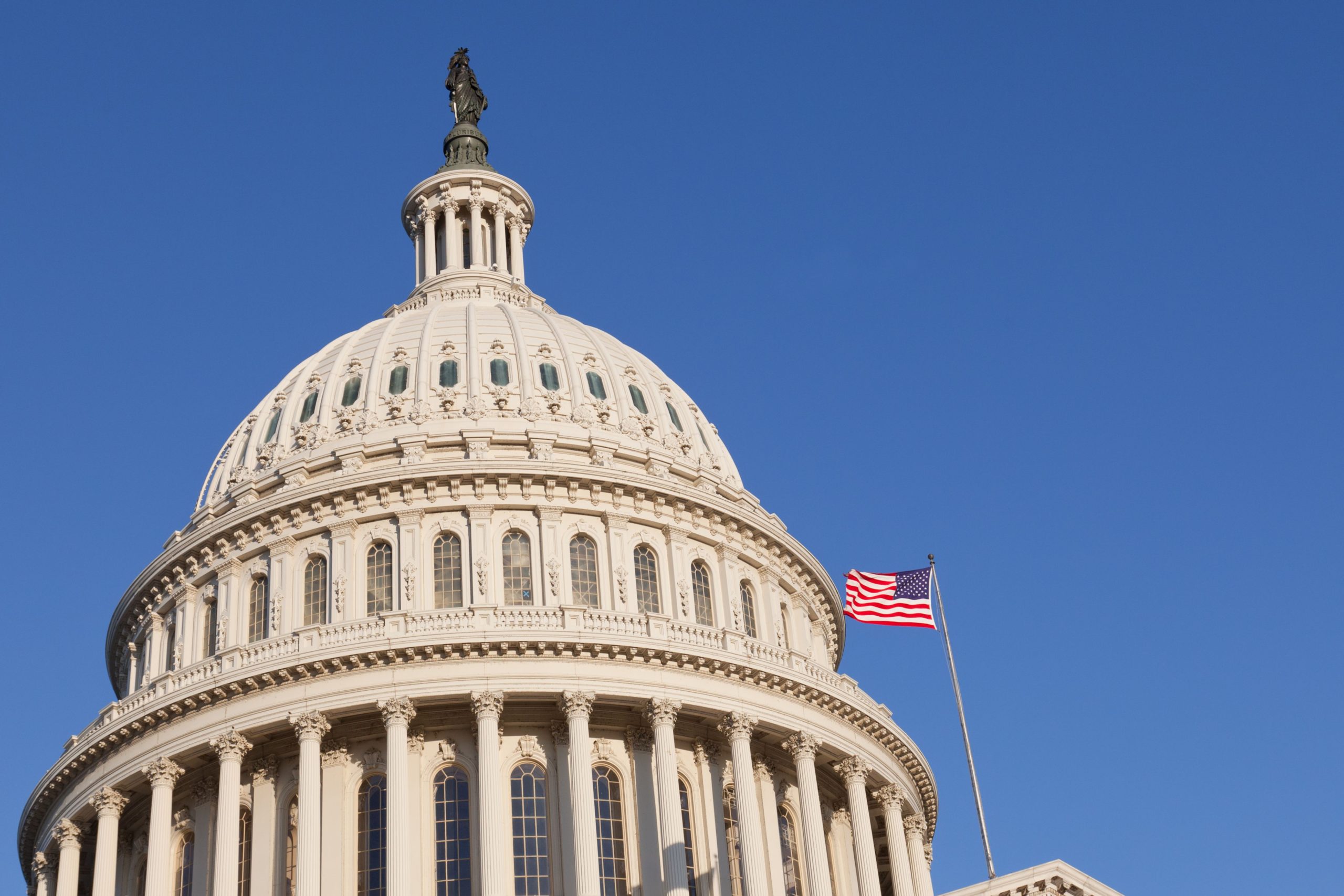Congress is often criticized for being “out of touch” with the American public. One biting critique is that the Congress just doesn’t “look like” the constituents they represent. They are overwhelming more male, white, educated, and older than the U.S. population. And while this holds true for most of Congress, there is one faction where it is not true: Democrats in the U.S. House of Representatives. House Democrats more closely align with the demographic breakdown in the U.S. than any other party and chamber. There are some disparities – there are almost twice as many Black Democratic House members (25 percent) compared to the 14 percent in the U.S. population. And women are still a minority in the House Democratic Caucus (43 percent). But in other areas House Dem’s closely track America by race and gender. Hispanic and Latino House Dem’s are at 17 percent, compared to 19 percent in the U.S. Even the ratio of LGBTQ members of the House is rising – with about five percent among House Democrats compared to seven percent in the U.S.
This is more than just a symbolic exercise. As the Native American saying goes, “Never judge a person until you walk a mile in his moccasins.” When our elected representatives share the living experiences of those they represent, it increases the likelihood they will be responsive to the needs and aspirations of the public. By comparison, House Republicans are woefully overrepresented by men (85 percent), and only one percent are Black and six percent Latino. After being ousted as Speaker of the House, Rep. Kevin McCarthy in an interview lamented the sorry state of diversity in the Republican Conference. “I’d just become leader and I’m excited and President Trump’s there. And I look over at the Democrats and they stand up. They look like America,” he said. “We stand up. We look like the most restrictive country club in America.”
Beyond the moral arguments in favor of a more diverse Congress, there are economic and performance benefits as well. A 2017 study showed that more diverse companies produce 19 percent more revenue than less diverse teams. (Yes, it is actually more profitable to diversify your team.) One of the great proponents and success stories of the benefits of diversity is an unusual source: the United States Army. At West Point, the class of 2027 will include 38 percent minorities comprised of Blacks, Latinos, Asian Americans, and Native Americans. “The cultural and ethnic differences of its Soldiers are the unique assets that our adversaries lack,” said Sgt. Maj. Alexander Aguilastratt in an Army University Press article. “Diversity in the U.S. Army is its strength and combat multiplier” he said.
Much work also has been done to increase diversity in the ranks of congressional staff. The Joint Committee on Political and Economic Studies has produced excellent research showing the imbalance of Black staffers in senior positions compared to the American population. In 2020, a bipartisan effort to increase staff diversity included the launching of a House Office of Diversity and Inclusion under the supervision of the Speaker of the House. In 2023, when Republicans gained a majority in the House, nearly all staff from this office were moved to the chamber’s administrative human resources offices. The jury is still out as to whether this new arrangement will produce intended results. Yet, it could be argued that recruiting and hiring diverse staff is better in the hands of H.R. professionals than a political operation like the Speaker’s office.
The current backlash against diversity programs in the U.S. is probably only a temporary setback. The predictable demographic trends dictate that business, academia, and government adequately respond to the inevitable changes an increasingly diverse nation will demand. Elected officials should play their part by recruiting more diverse candidates for public office, as both government and constituents will benefit from legislatures that look more like the people they represent.
One faction in Congress DOES look like America was first published on the Fulcrum, and was republished with permission.
The author is a former congressional staffer and the author of The Citizen’s Handbook to Influencing Elected Officials.
